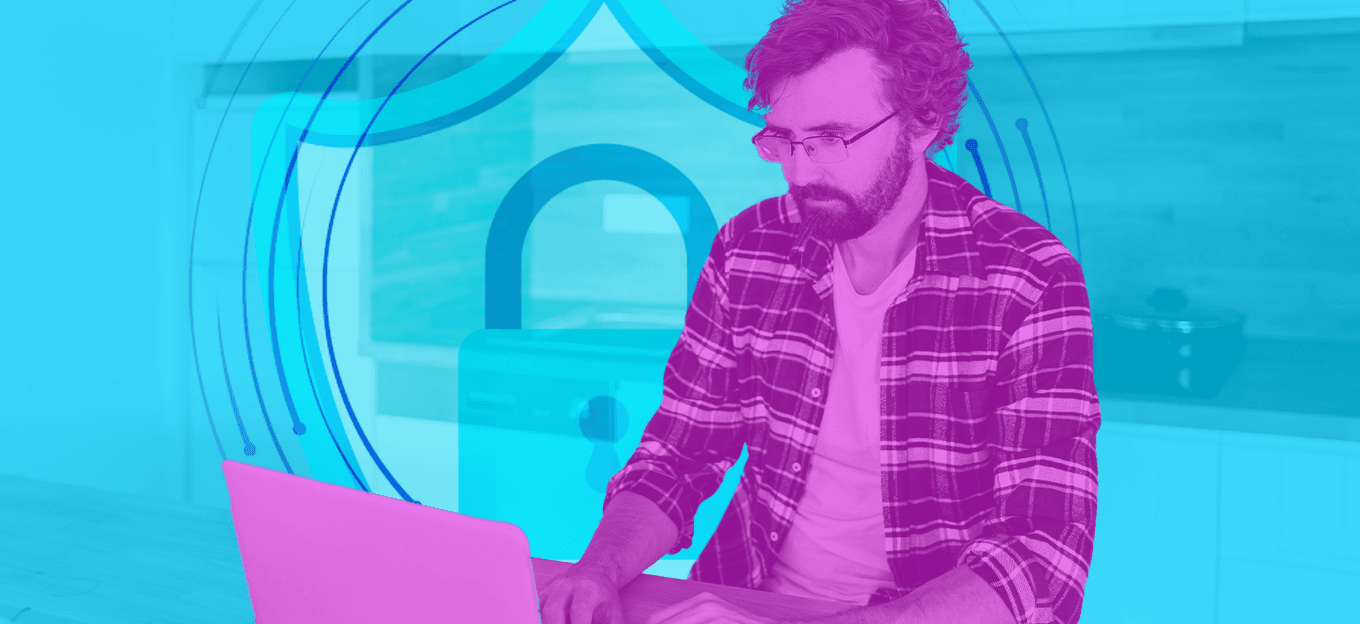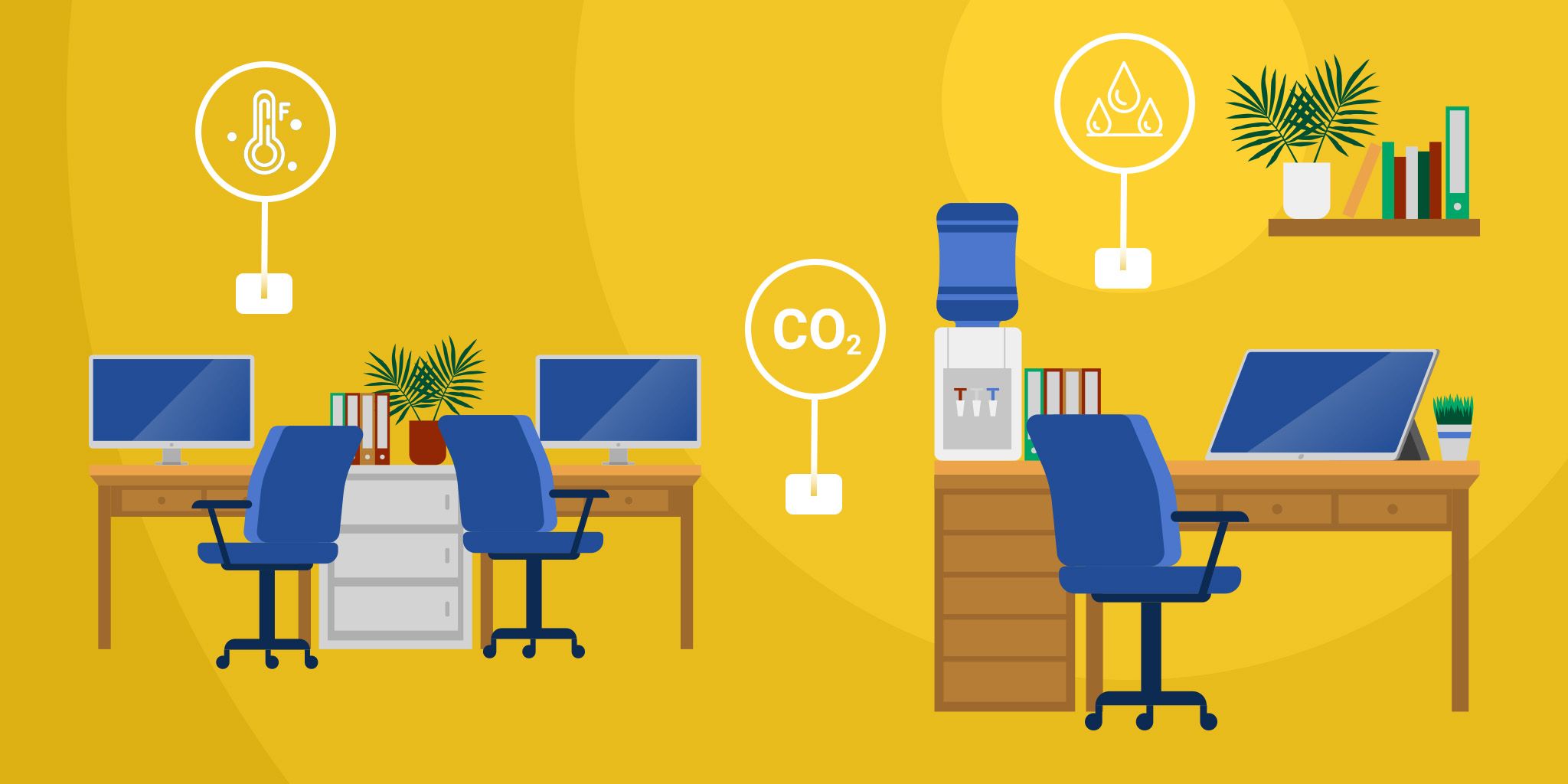The Internet Of Things is all Over HVACR. Is the Value There Yet?
The Internet Of Things is all Over HVACR. Is the Value There Yet?
- Last Updated: December 2, 2024
Guest Writer
- Last Updated: December 2, 2024



AHR Expo used to be mostly a "mechanical engineering" event, and even in 2017, when I first got there, there were just a few companies who mentioned IoT or connectivity at their stands. Only the most prominent players in the HVACR industry presented their IoT solutions. In my conversations with companies at that time, no one was taking IoT very seriously. And it's understandable, there already were Modbus, BacNet – well-defined protocols to connect machines to a PC or PLCs to make them work in unison without any Clouds and external access.
Fast forward to 2020 I feel like I'm at CES.
Every company now has a cloud, a mobile app, an IoT platform, a dashboard. Half of all the presentations and speakers were about new connected products or IoT solutions. From Raypak (a Rheem Company) presenting their new Raymote IoT system to Ayla Networks talking about redefining HVACR asset management.
The HVACR industry has adopted IoT with surprising speed, but what does that mean for companies looking to implement their own IoT products?
The speed at which the industry has adopted the IoT technology is just mind-blowing. Leaders unlock the potential of machine learning for predictive maintenance, while followers are hurrying up to connect their equipment and participate in the IoT race. The rest are shocked, realizing that they are already "late to the party."
I spent 3 days at the event and noted a few areas which I believe will be the top priority for the industry in the coming years. I choose to focus on real commercial opportunities driven by IoT technology, so you won't hear much about widely hyped-up AI, Machine Learning, or predictive maintenance (yes, there were plenty of those at the event too).
What happens after equipment gets connected?
Redefining Business Models
The typical "sell and forget" approach can no longer be applied to the connected devices. There are ongoing costs to maintain the Cloud, store and process data, fix software issues, and provide customer support for the applications. A lot of companies are worried about managing these new recurring costs, as ROI strategy often hasn't adequately been planned out in the beginning.
Now, when most companies have successfully surpassed the first stage of getting their Things on the Internet, questions arise: What's next? How do you monetize it?
Answering these questions requires creativity, thorough data analysis, and a lot of experiments. My conclusion from AHR: we are not there yet and there is still a lot to be done.
Internal Transformation
Usually, engineers are the first ones to introduce technology to the company but this knowledge should be shared ASAP.
- The marketing team has a new direct communication channel, which was close to impossible before.
- Tech support can now see what is happening with equipment in real-time, check warranty issues, and help customers configure expensive equipment remotely while talking to them over the phone.
- Reliability teams now have tremendous amounts of data to analyze what leads to errors and malfunctioning.
This internal integration process is not always straightforward and requires leadership to get all the teams trained, aligned, and motivated to use the tech. Therefore if often gets overlooked. However, once the technology is implemented, this internal process becomes the most critical component of getting an IoT solution to actually work for the business.
Security
From my observations at AHR 2020, the HVACR industry today predominantly offers proprietary IoT solutions developed in-house. No doubt, large companies are capable of delivering high-quality and secure products, but I've also witnessed a lot of poorly designed solutions, unfortunately.
It's a constant debate: to build in-house or choose an external platform. As the CEO of an IoT platform, I'm biased. Still, from my experience, small and medium-sized companies are risking a lot when developing solutions in-house with no experience in cybersecurity.
Not to mention that IoT generally requires costly human resources and expertise in different domains. Cloud infrastructure knowledge, connectivity, and user experience design are not the core strengths of a typical equipment manufacturer.
Even when going a platform route, security should be a top focus, especially for HVACR products. I'm seriously concerned when trustworthy companies like Frigidaire run their equipment on a Chinese IoT platform known for its security issues and vulnerabilities.
User-Centered Approach
Due to my background in product experience design, I noticed a lot of gaps in usability as well. Considering that HVACR equipment falls into the category of products that profoundly affect people's lives, numerous conditions and edge-cases need to be thought through when designing these IoT products.
One of the examples I recall is a Smart Home Water Control system by StreamLabs. This device is installed at the beginning of your home water line and tracks if there is water leakage. You can set it up to shut off the water if certain conditions are met, or you can do it manually from anywhere in the world.
The product seems to be really well-designed. However, one critical use-case was worrisome for me. In the case of the Internet or power outage, the device can automatically close the valve and cut off water for the entire house. To fix it, you would need to go to the device and press a physical button to unlock it.
I guarantee nobody will ever remember to press this button in this situation. More likely they will call a service person who won't even be familiar with this system. Of course, ironing out issues like that is just a matter of time. In only three years, the industry has been digitalized to its highest level ever. I'm excited to see how it will evolve and make our lives better in the upcoming decade.
Key Takeaways.
- HVACR industry has adopted the IoT technology. There are still a lot of challenges to solve, but it's no longer a hype, it's a reality.
- IoT related costs are not insignificant. Businesses need to think of ways to cover these recurring costs and generate new revenue streams from the new IoT capabilities.
- Getting various departments involved in the use of the IoT tech is a must and will result in better business outcomes.
- Security, security, security (and quality)!
Let me know what you think.
The Most Comprehensive IoT Newsletter for Enterprises
Showcasing the highest-quality content, resources, news, and insights from the world of the Internet of Things. Subscribe to remain informed and up-to-date.
New Podcast Episode

Moving Past the Pilot Phase in IoT and AI
Related Articles
Why AI Risk Visibility Is the Future of Enterprise Cybersecurity Strategy: Q&A With Srikanth Ambatipudi
January 2, 2026

Practical Encryption Strategies for Securing the Post-Quantum IoT
December 26, 2025

Remote Workers Are a Growing Cybersecurity Risk: Here's How To Protect Your Business
December 19, 2025



